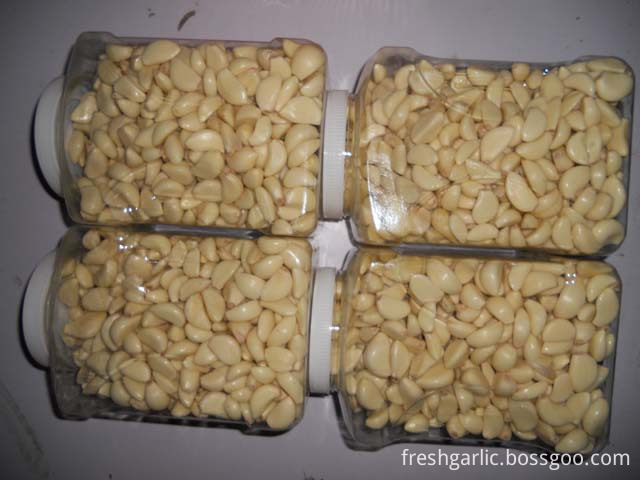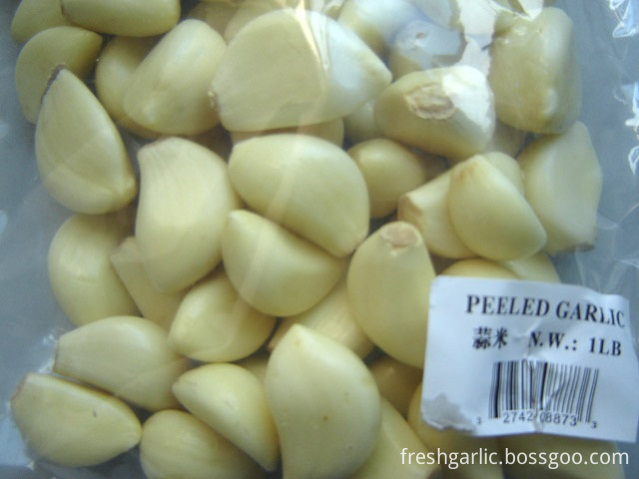Timely prevention and control of a second generation warts
One generation of Sable Warts mainly endangered Putian and Honda in the early stages, causing dry sheaths and dead hearts, reducing the amount of rice population, and laying the foundation for the second generation. Gengzhi generation can effectively reduce the second generation population base population and mitigate harm. According to the overwintering base survey, development progress survey and comprehensive analysis of weather factors, it is expected that the Second Generation of Suihua in our city will be moderately developed and some areas will be overemphasized. All localities must attach great importance to it, vigorously promote flood control, and timely carry out field prevention and treatment. The control of stem borer damage is at a minimum.
One, insects
1. Base: After the winter, Gushi has an average of 632 residue bases and a high of 3,820 heads; the average mortality rate is 13.4%. The weighted average number of mu residues after Pingqiao's wintering was 5804; the average mortality was 0.039%. After the winter, the mall has an average of 602 residues, which is an average of 602 heads; the average mortality rate is 16.2%. After the winter of Guangshan, the average number of mu residues is 3,520 heads, with a maximum of 24,360 heads; the average mortality rate is 7.4%. After Huangchuan had survived winter, the average number of mu residues was 979, with a maximum of 5,057; the average mortality rate was 5.44%. Luoshan has 1469.5 residual larvae on average in various types of fields; the average mortality rate is 4.8%. The county has an average of 417 larvae of residual larvae; the average mortality rate is 31%. Due to the heavy occurrence of Slugs in the last year, the effective insect area in the city was larger than last year.
2. Development progress: Due to the long-term low temperature and rainy weather, the development of locusts this year has been significantly delayed compared with previous years. Gushi started to phlegm on April 25, and the rate of phlegm-removal was 63.33% on May 10, and the rate of emergence was 26.67%. The number of moths was slightly lower than that of previous years on the April 26th under the black light; the amount of eggs dropped in the field was investigated. , equivalent to 30 pieces per acre, no hatching. Pingqiao was stripped on May 11th, accounting for 13.4% of larvae, 20.9% of 4th-level cockroaches, 14.9% of 5th cockroaches, 86.6% of cockroaches, and 6% of emergence rates. In May 14, the rate of chemical transformation in the mall was 100%, and the rate of emergence was 38.2%. The average number of oviposition in the field was 35, and no hatching occurred. Guangshan Mountain, on May 12th, had a rate of 80%, and the rate of emergence was 12.7%; on May 13th, the brick bridges had a rate of 89.6%, and the emergence rate was 14.6%. Huangchuan saw on April 18th, and the rate of phlegm formation on May 7 was 73.9%. The eclosion rate was 26%. On May 10, the eggs were found. On May 14th, 30 square meters of fixed-point fields accumulated 3 eggs, equivalent to each acre. The volume of eggs is 66.67 blocks. Luoshan, on May 12, turned out to be 71.8% and the emergence rate was 29.5%. The lamp moths began to see on May 1 and the moth amount increased significantly from May 17th, but the amount of moths was less than last year. The rate of phlegm-removal on May 8 was 55.3%, and the rate of emergence was 19.8%. New County on May 10 phlegm rate of 57.8%.
Second, prevention and treatment time
Due to the mixed nature of the plague, the overwintering hosts are widespread. The development progress throughout the city is very inconsistent, and the period of occurrence is longer. The appropriate control period is from late May to early June.
Third, control standards
Putian has 60 eggs per acre, and Daejeon has a dry sheathing rate of 5%.
Fourth, control methods
About 5 days before seedling transplanting or 5-7 days after seedling transplanting, use 100-120 ml of triazophos EC, or 80-120 ml of 40% Chlorpyrifos EC, or 35-55 ml of Zhixinling EC, or 18 % 300ml of insecticidal double water agent, or 90% of insecticidal single wettable powder 35-50g, spray evenly on 50kg of water, and Putian should cure it once again. At the same time, it can also treat pests such as the Saponins of the third generation and rice and thrips.
Peeled Garlic is made of Fresh Garlic,there are two kinds fresh garlic, one is Normal White Garlic, another is Pure White Garlic. The fresh Garlic is peeled by the peeling machine or by hand.The Fresh Garlics Which are prepared for peeling are picked out carefully from various garlics. After peeling, we put them into plastic bags or bottles, then the plastic bags or bottles are putting into the cartons.
1. Commodity name: Peeled garlic
2. Size: 180 - 230grains/kg, 230 - 260grains/kg, 260 - 350grains/kg3. Packing: In carton
a) 500g*20bags
b) 1kg* 10bags
c) 5kg*2bags
d) 10kg*1bag
e) 30lbs/bag
f) 10kg/bag
g) 20lbs/bag
h) 30lbs/bag
i) 1lb 3lbs, 5lbs/jar (jars can be filled with nitrogen)
4. Supply period: All year round
5. Conveyance: 25mts/40' HR


Peeled Garlic
Peeled Garlic,Fresh Peeled Garlic,Whole Peeled Garlic,Pre Peeled Garlic
JINING FORICH FRUITS & VEGETABLES CO., LTD. , https://www.forichgarlic.com